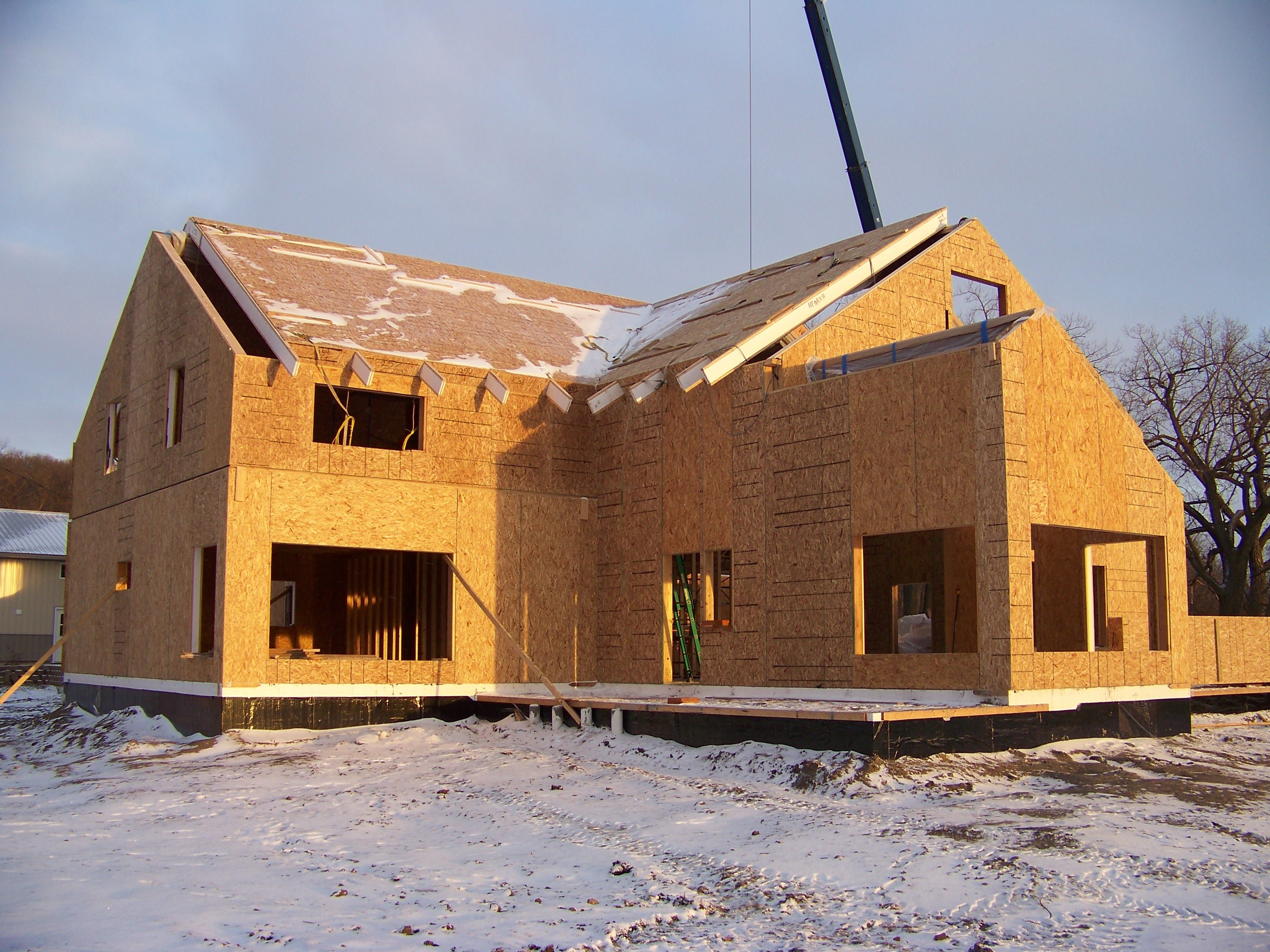October brings us the World Series, pumpkin spice everything, football, a change in seasons, fall foliage, and National Energy Awareness Month.
In September 1991, President George Bush declared October as National Energy Awareness Month to raise awareness of the importance of sustainably managing the nation’s energy resources.
 The Department of Energy has chosen to dedicate the 2019 campaign to both energy and water conservation.
The Department of Energy has chosen to dedicate the 2019 campaign to both energy and water conservation.
Why energy and water?
According to an Alliance to Save Energy, 9/11/14 blog post, "Water and energy are highly connected to one another. Energy production requires an enormous amount of water, ranking as the second most water consuming industry in the country. Conversely, about 90 percent of U.S. energy is generated from nuclear and fossil power plants, which require 190,000 million gallons of water per day to produce electricity, accounting for 39 percent of the nation’s freshwater withdrawals."
Given this information, we can clearly see the need to build more energy efficient housing.
Green building aims toward less energy use, better indoor air quality, and a structure's reduced environmental impact. SIPs address those principals by providing 58% more R-Value, less air leakage, and less thermal bridging than other construction methods. Sustainable building design and construction focuses on the wise utilization of resources to create high-quality, healthier and more energy-efficient homes and buildings, thus reducing their environmental impact.

Making small improvements to your everyday life could lead to years of benefits for you, your family, and the world. Here are some easy ways you can be more energy efficient:
- replace incandescent light bulbs with compact fluorescent (CFLs) or light emitting diode (LED) light bulbs
- shut off water while you brush your teeth
- turn off lights in unoccupied rooms
- unplug cell phone and other chargers when not in use
- recycle paper, plastic, cans and glass
- turn down your thermostat in the winter and turn it up in the summer
- clean the condenser coils on the back of your refrigerator and freezer
- seal up an large air leaks around windows, doors, etc
- replace your furnace/air conditioner filters
This Month
- Collect your utility bills. Separate electricity and fuel bills. Target the largest energy consumer or the largest bill for energy conservation measures.
- Insulate heating ducts in unheated areas, such as attics and crawlspaces. Keeping ducts in good repair can prevent heat loss of up to 60 percent at the registers.
- Seal up the largest air leaks in your house—the ones that whistle on windy days, or feel drafty.
- Schedule an energy audit (ask your utility company or state energy office) for more expert advice on your home as a whole.
Learn more about building green: 











